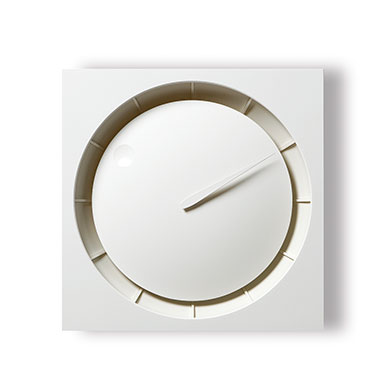Story
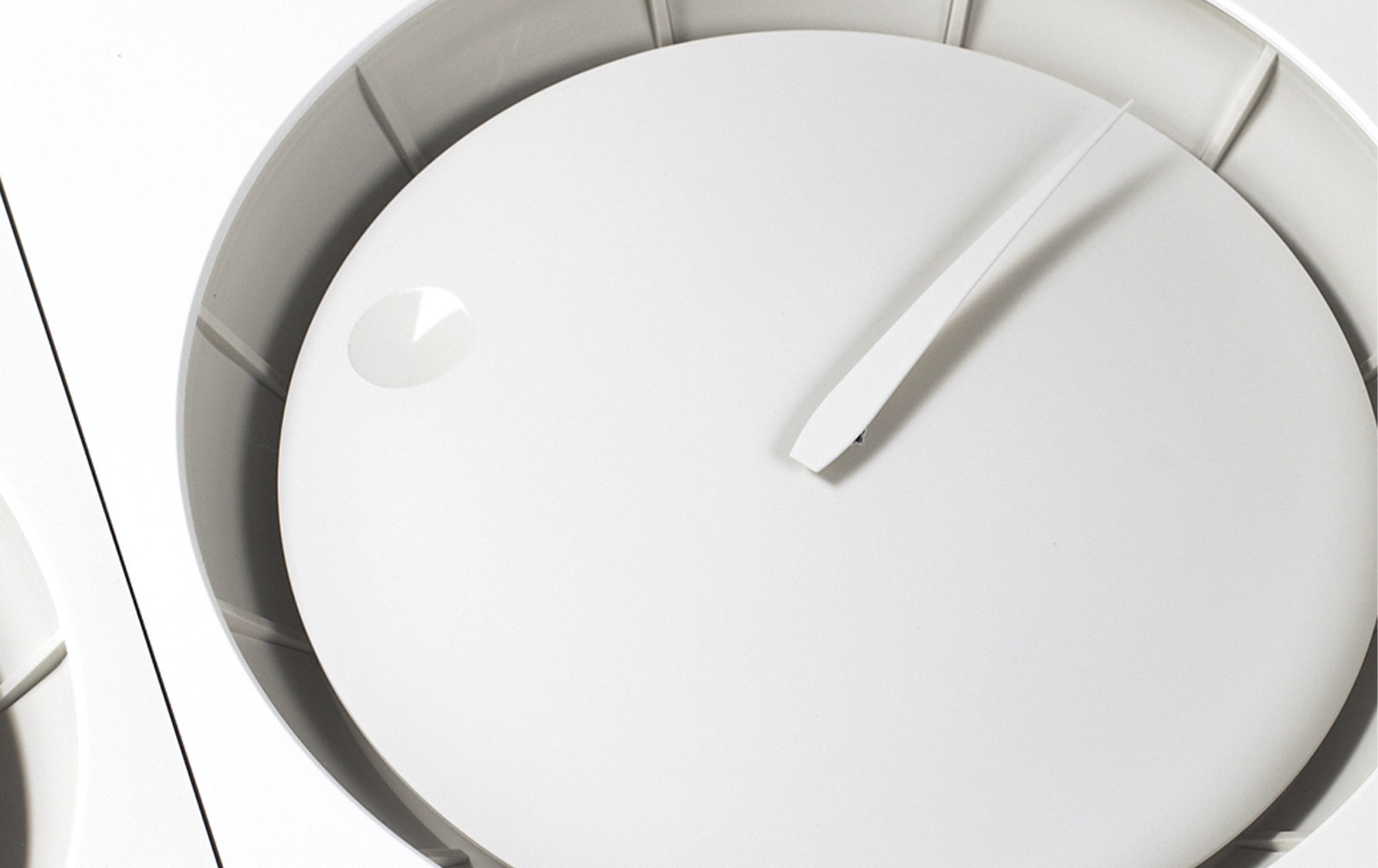
Story Vol.4
To Meet the Goddess of Time
This wall clock is the work of design director Kazuo Kawasaki, who uses it to explore the relationship between celestial motion and time. Aiming to free timekeeping from conventional expression, this wall clock transcends product design and has been acclaimed worldwide as an artwork.
To Meet the Goddess of Time
HOLA’s Dimple
This is not merely a clock; it is a clock-like object conceived “to meet the Goddess of Time.”
Long ago, people read time by watching the sun, moon, and stars.
Today, clocks hold none of these.
Look closely and fix your gaze at this HOLA.
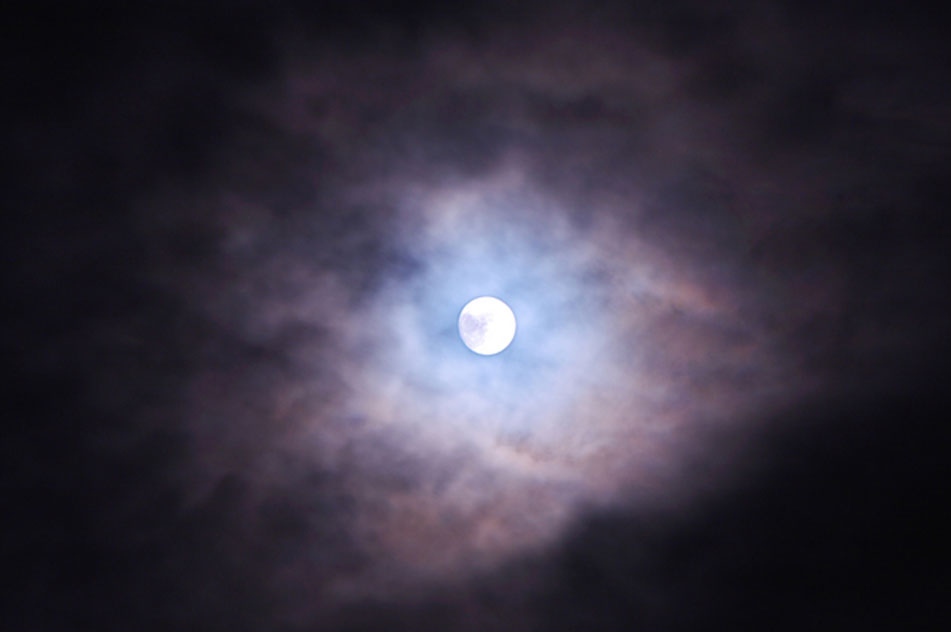
Once, time itself was a gift bestowed from the cosmos.
Could we not reclaim the gaze that once watched the sun, moon, and stars?
By borrowing from the forms of celestial bodies,
I seek to liberate the shape of time from mere measurement.
If we concentrate again on light and shadow,
and the movement of the heavenly bodies,
and we draw ourselves close,
we will remember that our lives are unfolding upon the sphere of the universe.
HOLA’s Dimple — “To Meet the Goddess of Time”
When a spherical dimple shimmers at the vanishing point of everyday scenes, the clock—once only an instrument—reorients us within the meaning of the cosmos. In that moment, we may once again come to know the dimpled smile of HOLA: the Goddess of Time.
Kazuo Kawasaki
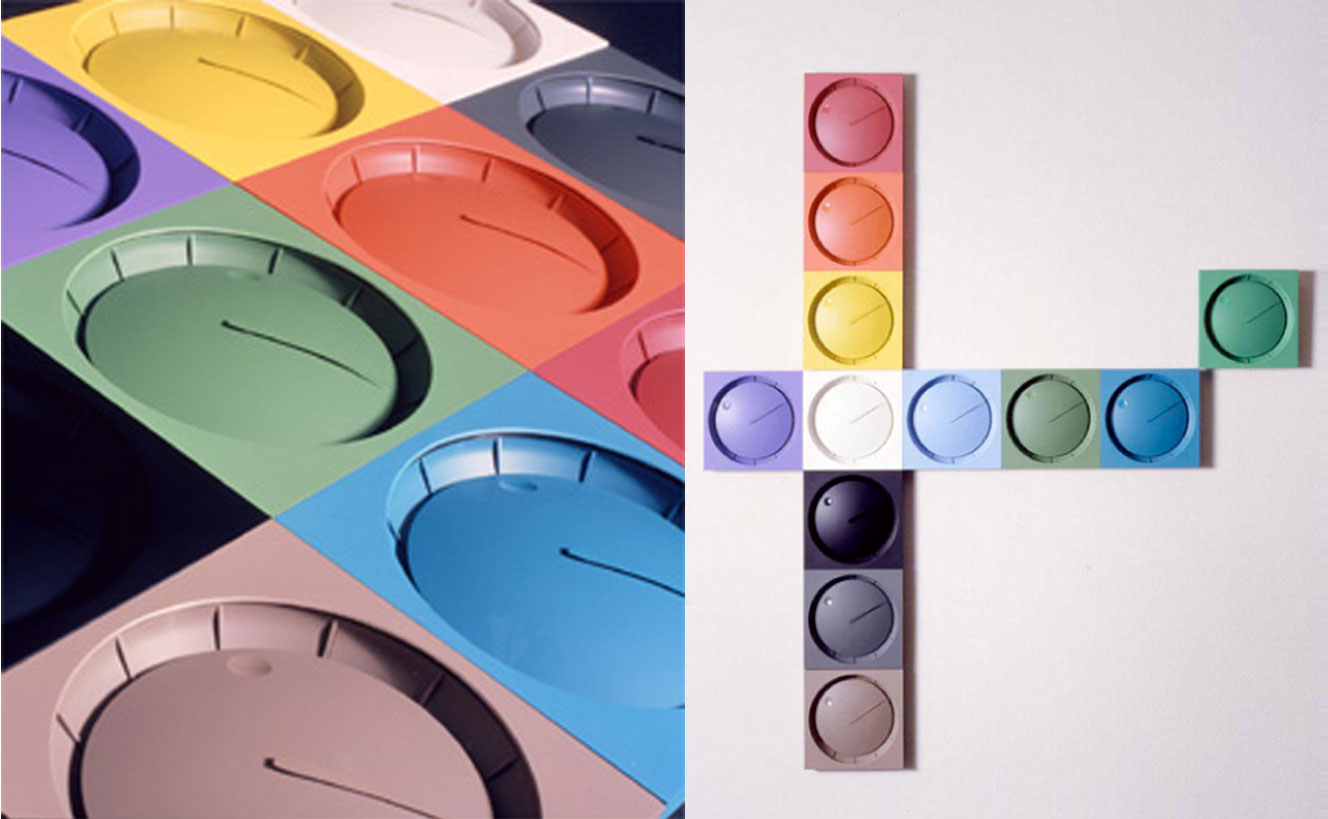
Designed in 1988 by Kazuo Kawasaki, HOLA is an enduring masterpiece of the GANBARA series.
Recognized as a defining clock of the 20th century, HOLA also stands as an artwork beyond the concept of timekeeping. It is preserved in the permanent collection of the Cooper Hewitt Smithsonian Design Museum, where it is honored as “THE CLOCK” that best expressed the 20th century. Many other museums around the world also hold it in their permanent collections.
In Japan, HOLA received the Good Design Award in 1989.
Originally released in 1988 in nine subdued colors, it was reissued in 2006 to commemorate the “artificial heart: Kazuo Kawasaki Exhibition” at the 21st Century Museum of Contemporary Art, Kanazawa.
Reading Time Through Celestial Movements
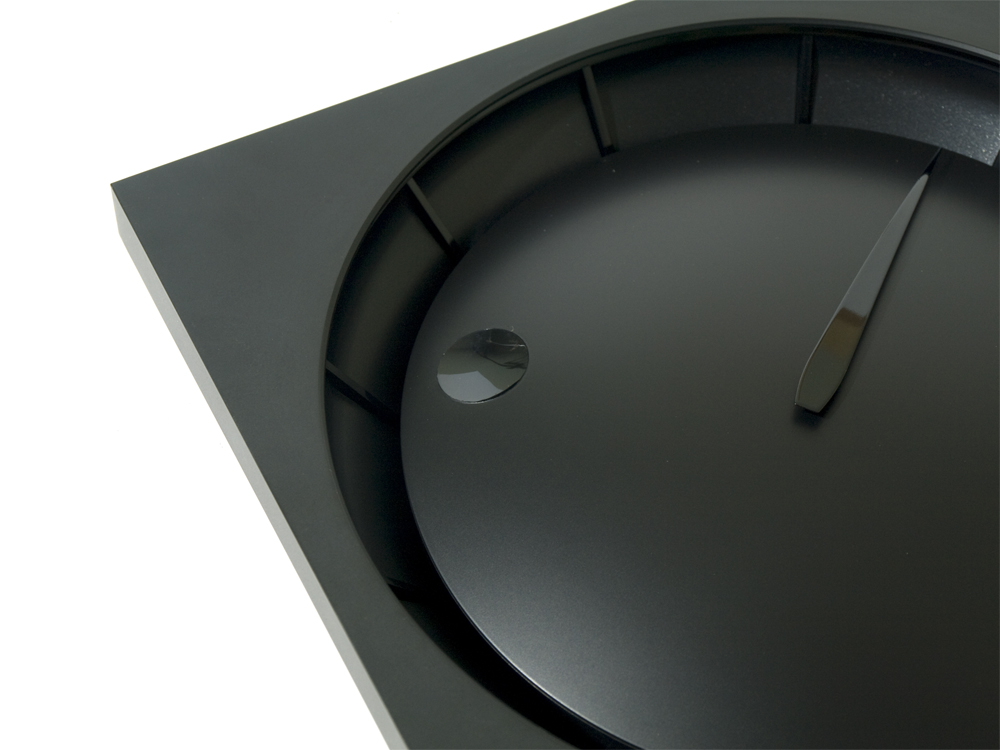
This clock has no numbers, only a single hand and a rotating disk.
The disk bears a recessed dimple inspired by celestial forms: the hand indicates minutes; the dimple indicates hours. The passage of time is revealed by the shifting play of light and shadow in the room.
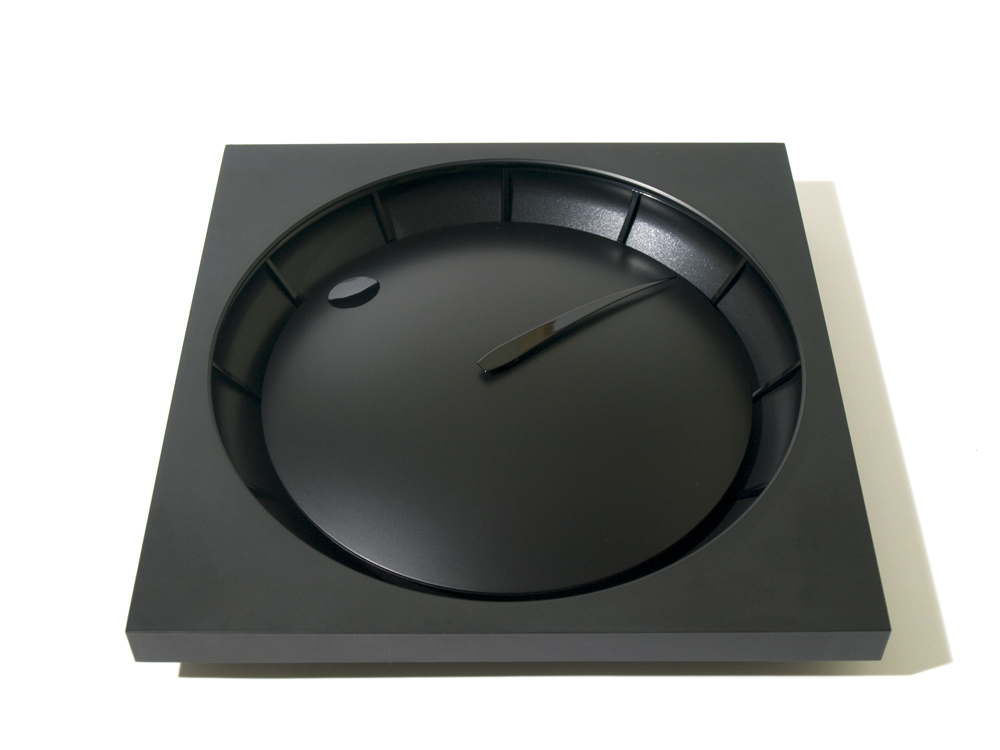
HOLA was conceived to express the intimacy between celestial motion and time by echoing how humanity once told the hours by watching the sun and moon before clocks existed.
“Reading time through celestial movements”
As you observe HOLA—an object that gives form to the idea of learning time from the cosmos—may you sense the relationship between the vast universe and the rhythm of time.
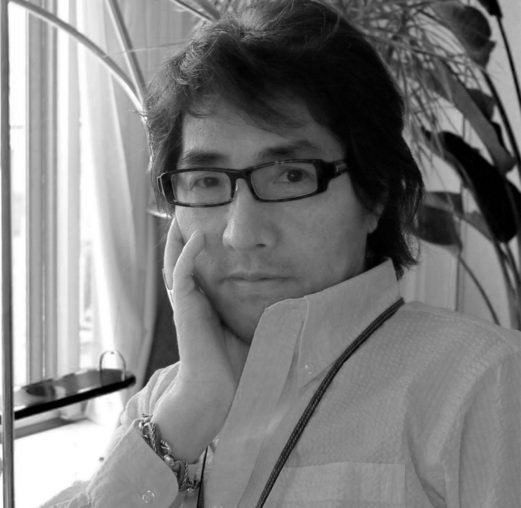
Kazuo Kawasaki
Born in 1949, Fukui prefecture. Pisces, blood type B, ambidextrous. He focuses on various aspects of design as a design director, from industrial and product design to traditional crafts, glasses, computers, robots, nuclear energy, artificial organs, and outer space. He brings topology to space theory through his works, the so-called “Relativity of language and figures.” He has been a key member of various organizations, including an administrative agency, and has served as president of the Good Design Award jury. He has won many prizes both at home and abroad. Also, a number of the world’s famous museums, such as The Museum of Modern Art, house his permanent collections and display designs. He was twice selected as one of “100 Japanese people respected in the world” in “Newsweek Japanese version.” He is an advocate of the “Peace-Keeping Design (PKD)” project.
http://www.kazuokawasaki.jp/
